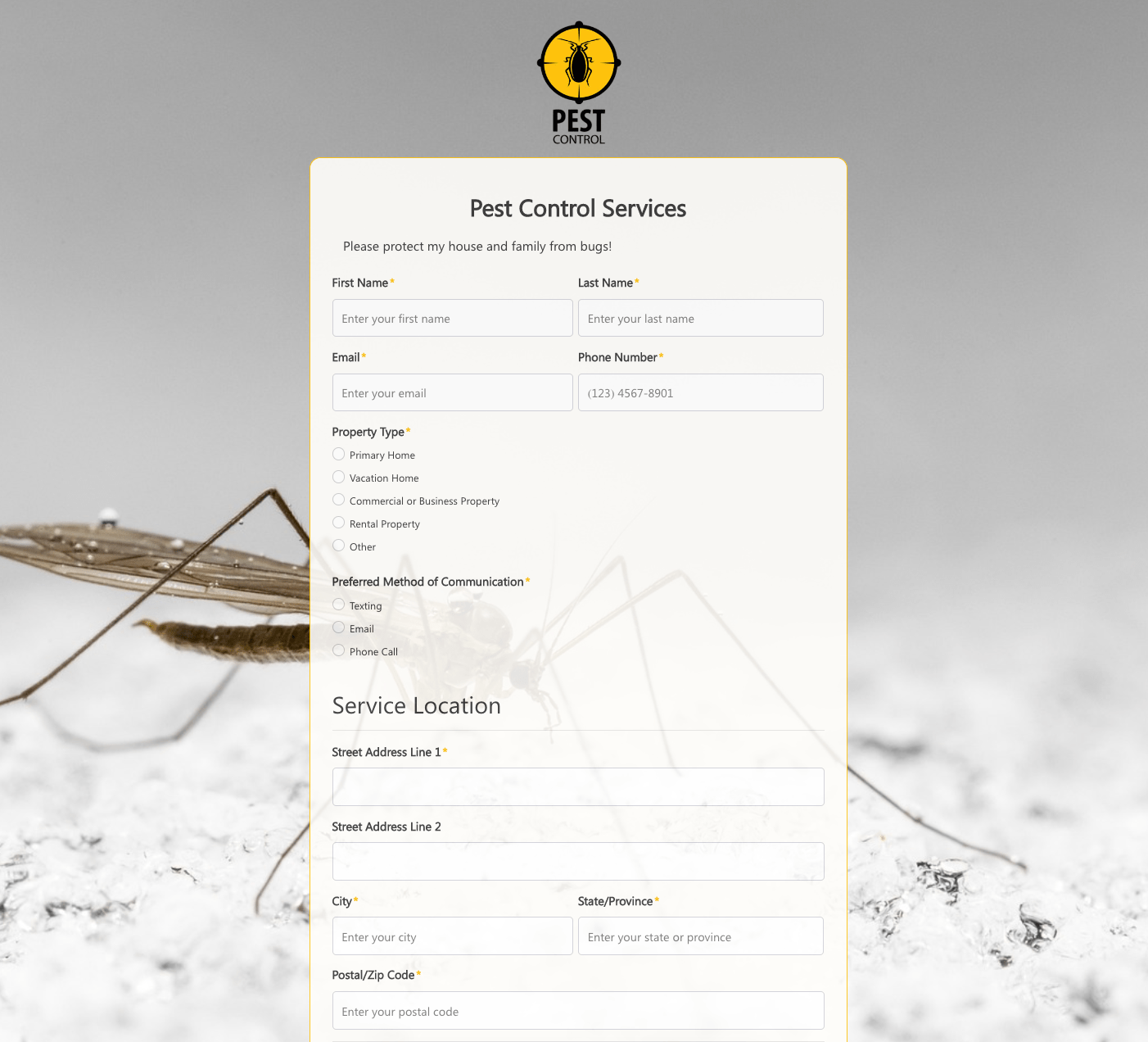In an era where information is constantly being created, shared, and consumed, maintaining content integrity and originality has become more important than ever. With the proliferation of digital content, it’s easy for the line between original work and copied material to blur. However, technology is increasingly playing a role in keeping content genuine and reliable.
From tools that detect plagiarism to systems that can verify authorship, technology has made it easier to uphold content integrity. Yet, as these tools become more sophisticated, new challenges arise.
How can businesses, content creators, and marketers ensure that the technology designed to protect originality doesn’t inadvertently stifle creativity?
Here, we’ll explore how technology helps preserve content integrity, the tools available today, and the broader implications for the digital content landscape.
As we explore these topics, we will also examine the ethical concerns that come with the growing reliance on technology to preserve originality. From artificial intelligence to blockchain, the evolving technological landscape is reshaping the way we create and verify digital content. The question remains: can technology preserve the authenticity of content while still promoting innovation?
Contents:
- The Growing Importance of Content Integrity
- Technological Tools for Ensuring Originality
- The Ethical Considerations of Using Technology for Content Verification
- The Future of Content Authenticity in a Tech-Driven World
Conclusion

1. The Growing Importance of Content Integrity
Content integrity is more than just a buzzword. It is the foundation upon which trust, credibility, and value are built online.
With millions of articles, blog posts, and social media updates being published every day, the demand for original, authentic content has never been greater.
For businesses and content creators, authenticity isn’t just about avoiding plagiarism—it’s about delivering content that’s accurate, trustworthy, and unaltered.
With misinformation and "fake news" becoming increasingly prevalent, content integrity is now a matter of public trust. People tend to engage with content they trust—content that’s accurate, authentic, and shows real expertise.
.png)
Content integrity also extends to how creators present their ideas and represent the work of others.
Citing sources, giving proper credit, and ensuring the ethical use of images, quotes, and research are just as critical as avoiding plagiarism. As content consumption continues to shift towards social media and user-generated platforms, the responsibility to maintain integrity has never been more critical.
The rise of AI and automated content creation tools has further highlighted the need for strong content integrity standards. While these technologies make content creation more efficient, they also raise questions about the originality of automated content and the role of human creativity.
As AI-driven tools become more advanced, ensuring that content is not only original but also valuable and human-centered will be a growing challenge for marketers and creators alike.
2. Technological Tools for Ensuring Originality
Technology has given us a wide range of tools to verify content authenticity, making it easier for creators and businesses to protect their intellectual property and maintain originality. These tools are becoming indispensable in a world where content is constantly being repurposed, re-shared, and reproduced.
One of the most widely known tools is the plagiarism detector, which scans content against a database of previously published material to detect similarities.
Platforms like
use advanced algorithms to flag potential instances of plagiarism, helping writers, students, and professionals ensure their work is original. These tools not only check for direct copying but also identify paraphrased content, which can often be harder to detect manually.
AI detectors have recently emerged as a key innovation in content verification. These systems can determine whether a piece of content was written by a human or generated by artificial intelligence. As AI-generated content becomes more prevalent, these tools play an essential role in verifying the authenticity of content.

By detecting patterns typical of machine-generated text, AI detectors help maintain the integrity of written work and ensure it is attributed correctly.
Blockchain technology is also being explored as a way to ensure content originality.
By using a decentralized ledger, blockchain can create a permanent, unalterable record of content creation. This record can be used to prove the authorship and originality of a piece of content, which is especially useful in industries where copyright infringement and intellectual property theft are common.
While these technological tools are powerful, they are not without limitations.
For example, plagiarism detectors can sometimes produce false positives, especially when content is paraphrased or when common phrases are used.
Additionally, while AI detectors are valuable for identifying machine-generated text, they are not yet perfect and may struggle with more sophisticated AI-generated content. The key challenge going forward will be developing tools that are both accurate and adaptable to the evolving landscape of digital content creation.
3. The Ethical Considerations of Using Technology for Content Verification
While technology plays a vital role in ensuring content integrity, its use also brings about significant ethical considerations. As content verification tools become more widespread, questions around
- privacy
- transparency
- and fairness
are becoming more pressing.
One of the key concerns is the potential for over-reliance on automated tools.

While plagiarism detectors and AI verification systems offer valuable services, they are not infallible. Over-relying on technology for content verification could lead to unfair penalties for creators who are falsely accused of plagiarism or AI-generated content.
It’s essential that these tools are used in conjunction with human judgment to ensure fair assessments.
Another ethical issue is the potential for misuse of these technologies. For instance, while AI detectors can identify machine-generated content, they could also be used to unfairly penalize creative content that was influenced or aided by AI.
As AI-generated content becomes more sophisticated and harder to distinguish from human-created content, the ethical boundaries of what constitutes “originality” will continue to evolve.
It’s important that both creators and the tech industry work together to define and uphold ethical standards for content originality.
Lastly, there is the issue of transparency.
How much information should be shared about the use of these verification tools?
Content creators and consumers have a right to know how their work is being assessed and verified. This requires a commitment to transparency in the algorithms used by these tools and how they assess content authenticity.
As these technologies become more integrated into content workflows, maintaining transparency will be key to building trust in the systems that govern content verification.
4. The Future of Content Authenticity in a Tech-Driven World
As technology continues to evolve, the methods we use to ensure content integrity and originality will also become more sophisticated. Looking ahead, we can expect tools that are both more accurate and seamlessly embedded into content workflows.
However, these advancements will also bring new challenges and opportunities that content creators and businesses must navigate carefully.
One of the most significant trends is the integration of AI with verification tools. Advanced AI models can analyze context, tone, and intent to better assess whether content is original or derivative. These systems will not only check for plagiarism but also evaluate the creative contribution of the author.

For instance, a paraphrasing tool might not just detect copied content but provide suggestions for enhancing originality while preserving the intended meaning.
One of the most exciting possibilities lies in the fusion of AI with real-time verification systems.
Imagine tools that not only identify potential duplications but also provide actionable insights on how to enhance originality. These systems could evolve into collaborative assistants, working with creators to refine ideas without compromising integrity.
The future also calls for more proactive solutions in content platforms.
Instead of waiting to verify content after publication, new tools might analyze and flag potential issues during the creation process. This could reduce the risk of accidental plagiarism or content misrepresentation, creating a more transparent digital ecosystem.
Looking ahead, collaboration between creators, tech developers, and industry stakeholders will be key to navigating these changes. By prioritizing innovation and ethical practices, the future of content authenticity can strike a balance between technological advancement and creative freedom.
Conclusion
The role of technology in ensuring content integrity and originality cannot be overstated.
In a world where information is more accessible than ever, maintaining authenticity is essential for building trust, credibility, and value. Tools like plagiarism detectors, AI verification systems, and blockchain have become crucial for tackling content duplication and manipulation.
However, as we rely more heavily on these tools, it’s important to address the ethical concerns and limitations they bring. Balancing automation with human judgment, ensuring transparency, and adapting to the evolving digital landscape will be key to preserving the integrity of content creation.
At its core, technology should enhance creativity and originality, not hinder it.
As content creators, businesses, and consumers, we all have a role to play in shaping the future of content authenticity. By leveraging technology responsibly and ethically, we can ensure that the digital space remains a place of innovation, trust, and meaningful expression.
How do you see the future of content authenticity evolving? Join the conversation in the comments—I’d love to hear your perspective!

 Access Request Form
Access Request Form
 Afterparty RSVP Form
Afterparty RSVP Form
 Band Discovery Form
Band Discovery Form
 Book a room Form
Book a room Form
 Booking Enquiries Form
Booking Enquiries Form
 Brochure Mailing Form
Brochure Mailing Form
 Buy a Home Form
Buy a Home Form
 Catalog Request Form
Catalog Request Form
 Coach Lines Quote Form
Coach Lines Quote Form
 Contact Us Form
Contact Us Form
 Credit Application Form
Credit Application Form
 Drop me a line Form
Drop me a line Form
 Enquiry / Feedback Form
Enquiry / Feedback Form
 Got a question? Form
Got a question? Form
 Instant Quote Form
Instant Quote Form
 Job Application Form
Job Application Form
 Language & Literacy Lab Form
Language & Literacy Lab Form
 Live Streaming Registration Form
Live Streaming Registration Form
 More Information Form
More Information Form
 Order Exchange Form
Order Exchange Form
 Party Box Order Form
Party Box Order Form
 Pest Control Services Form
Pest Control Services Form
 Poll / Survey Form
Poll / Survey Form
 Receive Ebook Form
Receive Ebook Form
 Refinance Mortgage Form
Refinance Mortgage Form
 Remarks / Questions Form
Remarks / Questions Form
 Report Driver Form
Report Driver Form
 Retreat Information Form
Retreat Information Form
 Service Enquiry Form
Service Enquiry Form
 Skydiving Registration Form
Skydiving Registration Form
 Spare Part Enquiry Form
Spare Part Enquiry Form
 Staff Application Form
Staff Application Form
 Submission Form
Submission Form
 User Registration Form
User Registration Form
 Website Under Construction Form
Website Under Construction Form
 Wedding Photographer Form
Wedding Photographer Form
 Your Opinion Matters Form
Your Opinion Matters Form


.png)




.png)




.jpg)






.jpeg)


